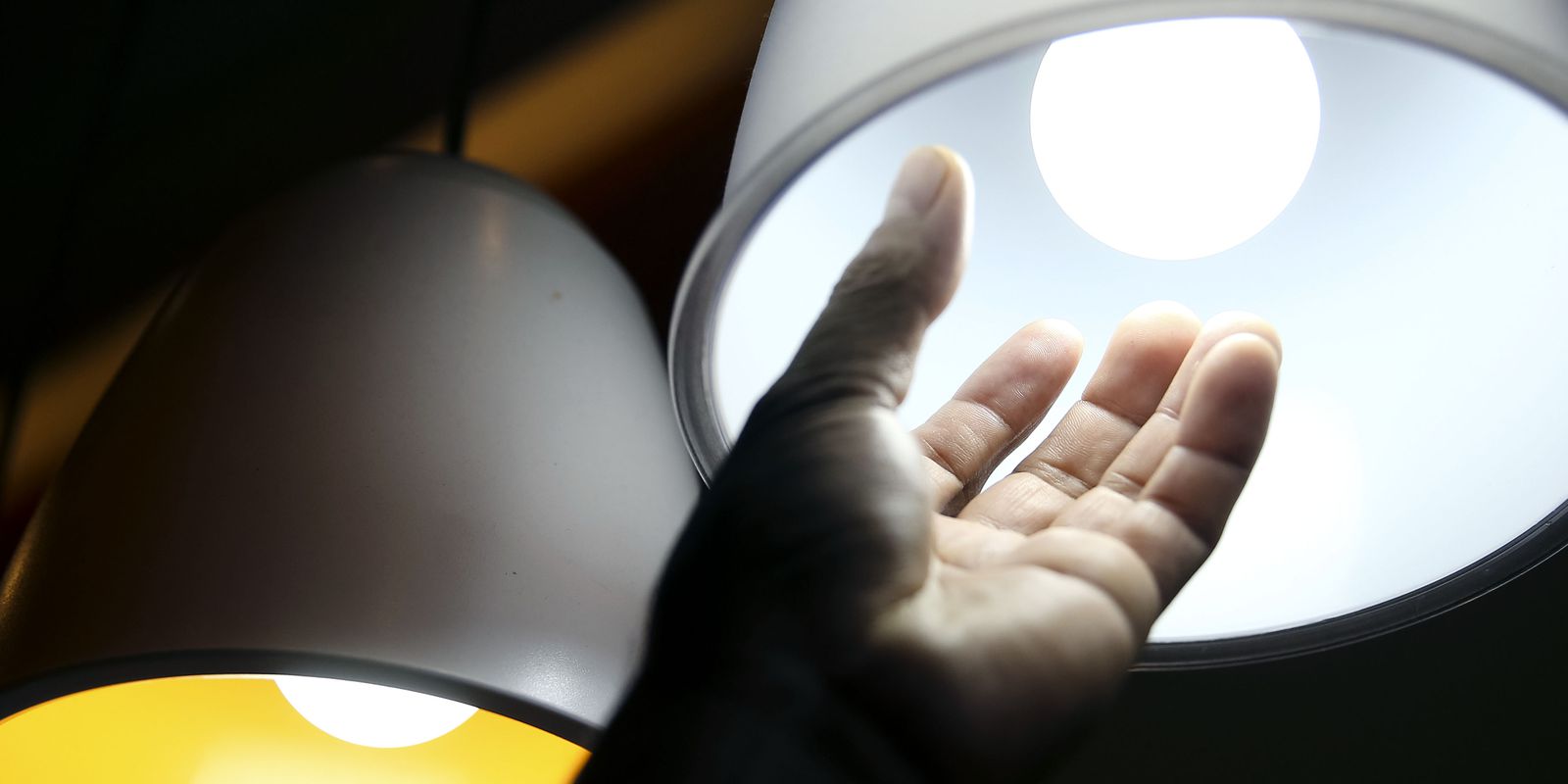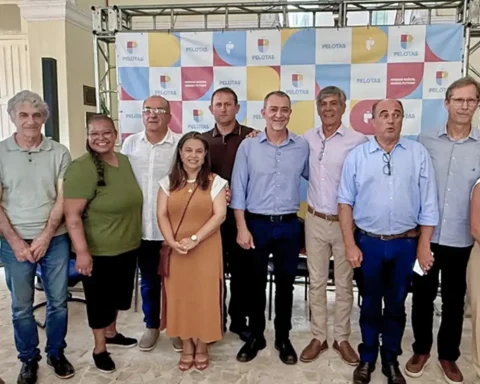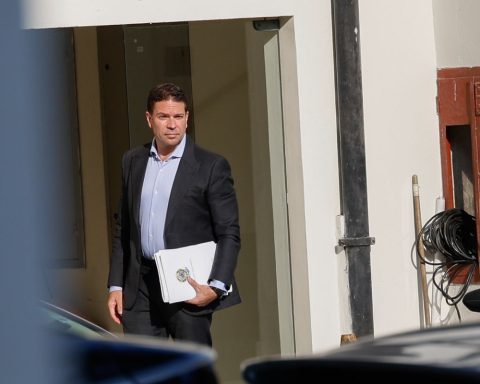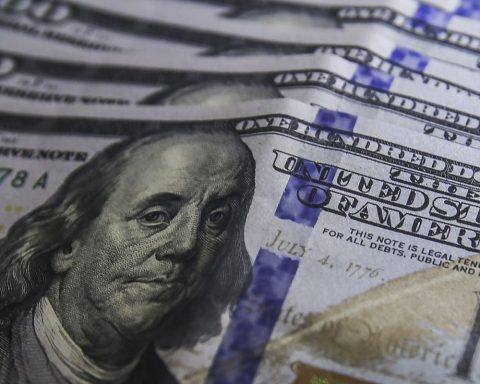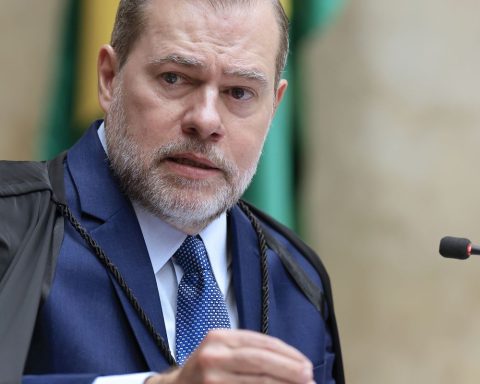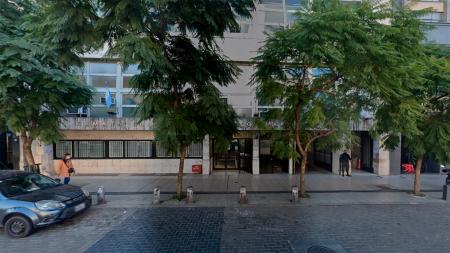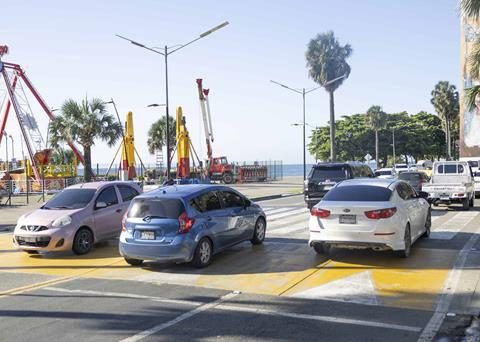The National Electric Energy Agency (Aneel) announced today (25) the maintenance of the green tariff flag in the month of December for the electricity bills of consumers connected to the National Interconnected System (SIN). With this, there will be no extra charge on the electricity bill for the eighth consecutive month.
The agency’s justification is that the conditions for power generation in the country are good. “With the arrival of the rainy season, the levels of the reservoirs and the conditions for generating the hydroelectric plants, which have a lower cost, improve. In this way, it is not necessary to trigger projects with more expensive energy, as is the case with thermoelectric plants”, said Aneel, in a note.
tariff flags
Created in 2015 by Aneel, tariff flags reflect the variable costs of electricity generation. Divided into levels, the flags indicate how much it is costing the SIN to generate the energy used in homes, commercial establishments and industries.
When the electricity bill is calculated by the green flag, it means that the bill does not suffer any increase. When the red or yellow flags are applied, the account is increased, ranging from R$ 2,989 (yellow flag) to R$ 9,795 (red flag level 2) for every 100 kilowatt-hours (kWh) consumed. When the water scarcity flag was in effect, from September 2021 to April 15 of this year, the consumer paid an extra R$ 14.20 for every 100 kWh.
The National Interconnected System is divided into four subsystems: Southeast/Midwest, South, Northeast and North. Practically the entire country is covered by the SIN. The exception is some parts of states in the North Region and Mato Grosso, in addition to the entire state of Roraima. Currently, there are 212 isolated locations on the SIN, where consumption is low and represents less than 1% of the country’s total load. The demand for energy in these regions is supplied mainly by diesel oil thermal plants.
